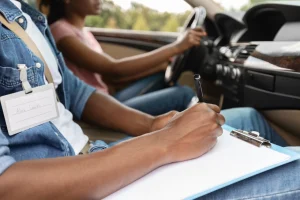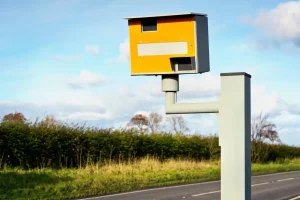We know moving house can be stressful but when it comes to owning a car, there are a few important things you need to remember to do. Moving house means changing address and your living address is very important when it comes to your car finance, driver’s license, car insurance and your car’s log book – all of which will need to be updated when you move house. The guide below looks at all the car admin you will need to do once you have a new address.
Key things to update for your car when you move house:
Must be updated:
✅ Logbook (V5C Logbook).
✅ Car insurance.
✅ Car finance documents.
✅ Driver’s license.
✅ Road tax.
Optional:
✅ Private registration plate.
✅ Breakdown cover.
How to change your address on your vehicle log book (V5C):
If you change your address, you MUST inform the DVLA. If not, you can receive a fine of up to £1,000! Firstly, to update your address on your V5C, you must be the registered keeper of the vehicle.
You can change the address on your logbook (V5C) by using the online service provided by the DVLA.
Before you start, you will need to have ready:
- the registration number of your vehicle.
- your log book reference number.
- a UK address.
- to check if your vehicle needs taxing in the next 4 weeks.
Update your car insurance provider with your new address:
When you get car insurance, you must provide the car insurer with details such as your living address. Where you live can affect the cost of your car insurance and the risk to your car. So, you must notify your car insurance provider of a new address as soon as possible. To do so, you will need to find out who your car insurance is with and call them to update your details.
Notifying your car finance provider.
Car finance is a legal document and you are required to have accurate and up-to-date information on your car finance documents. It’s important your car finance knows where the car is registered and where it will be kept, especially if it’s a secured loan. If you fail to keep up with your car finance payments, the lender can have the right to take the car from you, so they need to know the address where it is registered. To do, this you will need to contact your car finance lender. We are a car finance broker and not a lender. If we helped you get car finance and you’re not sure who your lender is, contact us and we’ll be able to help.
How to change the address on your driving licence.
One of the most important car admin checks you need to do when moving house is updating your driver’s license. If your address is incorrect, you could face a fine of up to £1,000. It’s easy to change your address on your driving license and it can be done online for free. You can use the gov.uk online service to update your address. All you will need is your driving license, no driving bans in place and your previous 3 years’ living addresses.
Updating your vehicle tax direct debit payments.
If you pay your road tax via a monthly direct debit, you’ll need to make the DVLA aware if you’ve moved home. The easiest way to do this is by calling the DVLA on 0300 790 6802. If you don’t pay by direct debit, the DVLA will be notified of your new address when you update your V5C in any case.
If you’ve moved home and sold the car, find out how to cancel your car tax & get a refund.
The list above highlights the mandatory car admin you will need to complete when you move house. Below are an example of optional things you may also need to consider too.
Updating the details on your breakdown cover policy.
Having breakdown cover for your vehicle isn’t actually a legal requirement but it is highly recommended for drivers to have. Breakdown cover can save you money in the long run and is recommended before heading out on a road trip or if you often cover many miles in a day. If you currently have a breakdown cover policy in place, you will need to notify your provider if you change your address.
Changing your address on a private number plate.
If you have a private registration plate, it’s easy to update your address when you move house. If you have a private registration plate which is already assigned to your vehicle, you only need to change the address on your V5C. If you’ve already completed this step, there is nothing else to do. If you haven’t assigned the private reg to a vehicle yet, you will need to complete a V750 or V778 certificate which you can do so through the gov.uk website.
Related Content:

How often should you service your car?

What is a Pass Plus course?


